New semi-private jet service from Southern California to Maui is getting a lot of attention. Aero flies a 12-passenger Gulfstream IV from Van Nuys to Kahului at a starting price of $5,495 each way as a scheduled charter departing from private terminals.
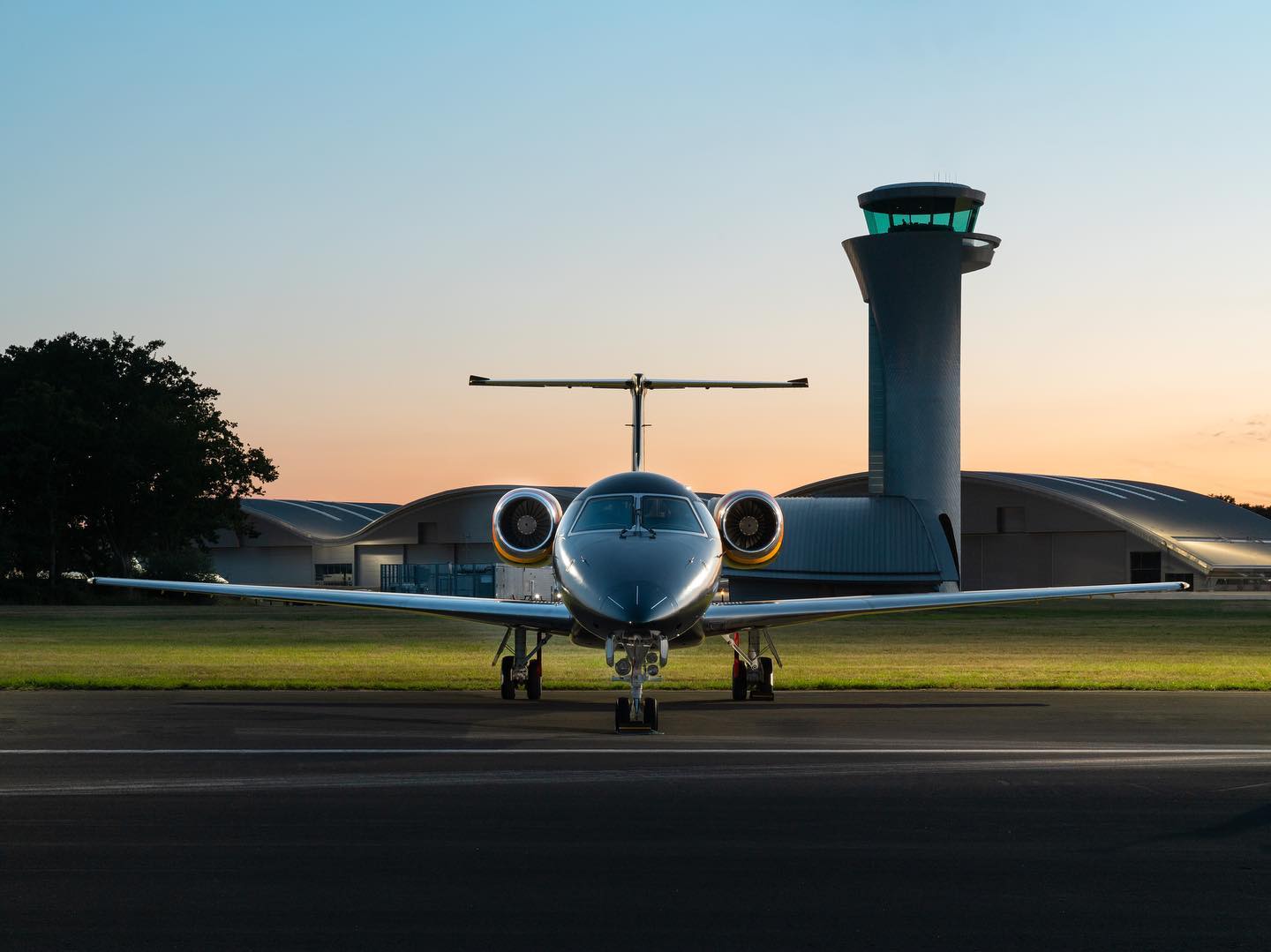
Credit: Aero
This is surprising to some because Van Nuys airport doesn’t allow schedulde flights. It’s a public airport that’s been kept exclusively for the wealthy, largely for use on private jets. And scheduled air service – even expensive air service, but that can be purchased ‘by the seat’ – is grating to some of them.
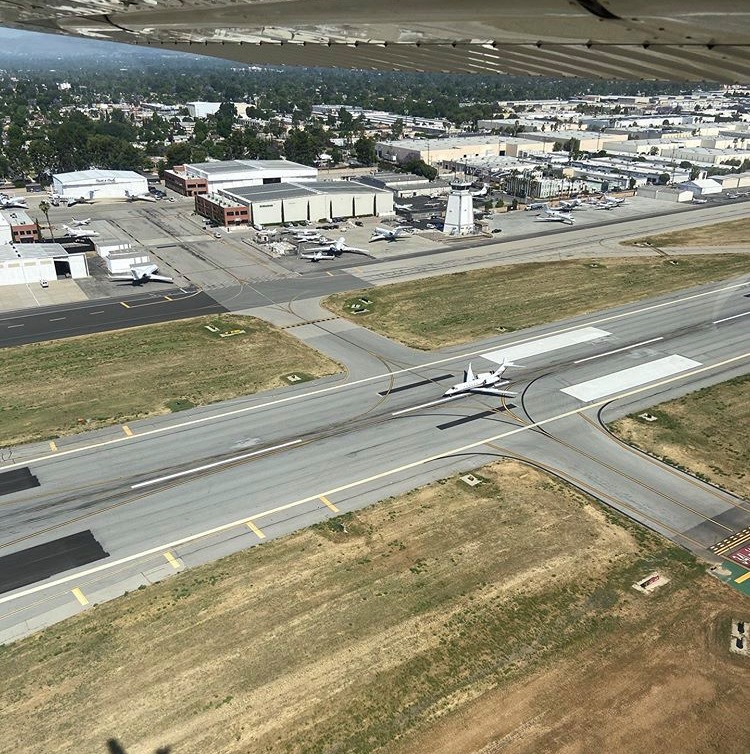
Credit: Van Nuys Airport
So how is Aero able to do this? JSX recently launched scheduled service from Teterboro airport in New Jersey, the preferred home of private jets in the New York City area.
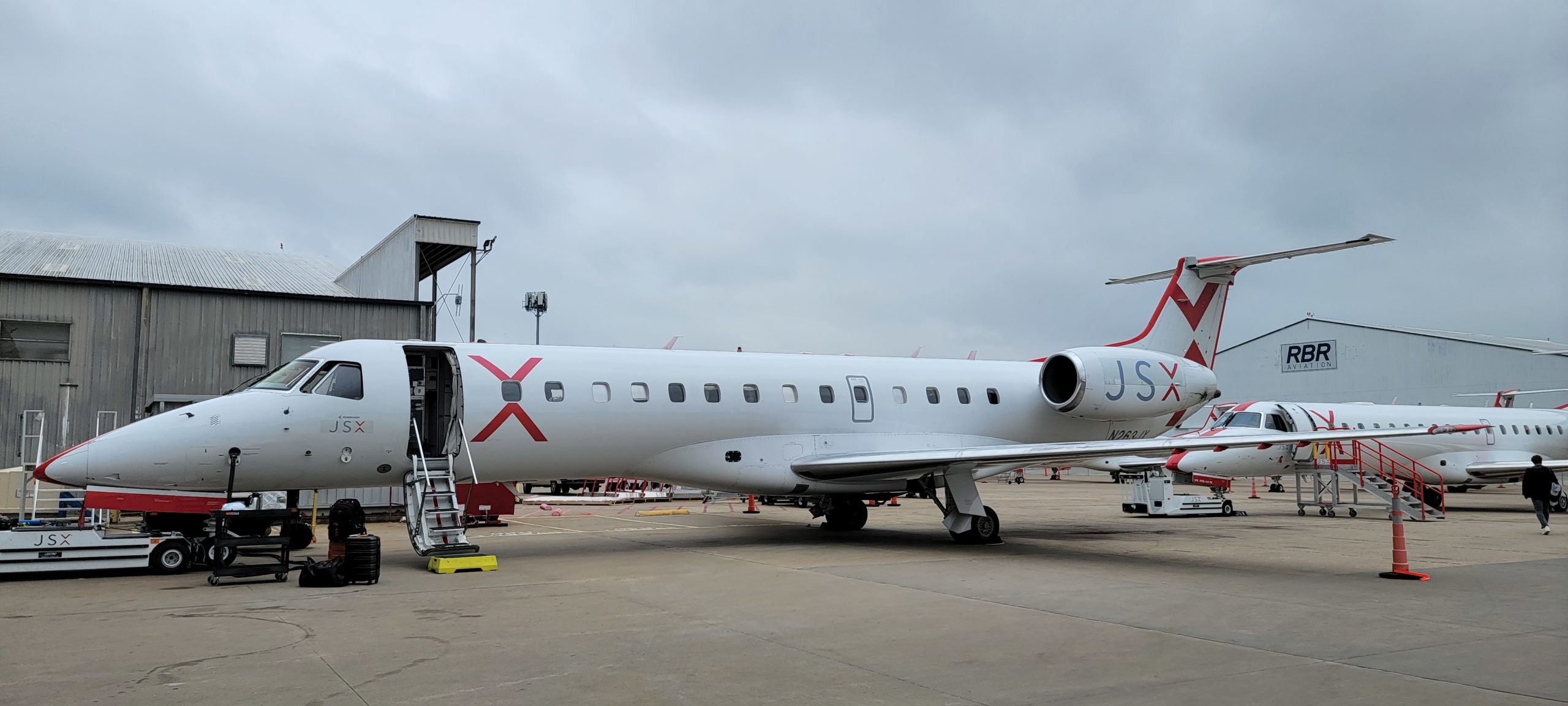
And The Port Authority of New York New Jersey has much stricter rules against scheduled service there, banning any flights that are ‘held out’ for sale. So JSX doesn’t advertise Teterboro service (it’s “New York”) and doesn’t sell it to anyone, restricting seats to members of their private club. They just launched a frequent flyer program that’s free to join, and the flights are only available to members.
The Van Nuys airport has an even easier workaround.
- They prohibit scheduled operations.
- And they adopting the FAA’s definition which doesn’t include scheduled charters
- They don’t like it! They just don’t think they have the legal right to do more than that. Remember, an airport runway is like a public highway. And when they accept federal grant funds for the airport, federal rules apply.
The CEO of Los Angeles World Airports says there’s nothing they can do about it (item #4). But that’s also why they joined the fight that the Air Line Pilots Association, American Airlines and Southwest Airlines waged against scheduled charter operations two years ago. It makes for strange bedfellows.
Facing a pilot crunch, SkyWest proposed a part 135 operation that would allow them to hire co-pilots with fewer hours of experience (who hadn’t picked up bad habits in repeated clear air touch and go at the same airports just trying to rack up hours) and without mandatory age 65 retirement.
Seeing a threat to the occupational licensing rules that pilot unions had fought for, in order to limit the supply of pilots (making it more expensive and time-consuming to become one) and drive up wages, they began a lobbying campaign – that largely targeted JSX as the largest scheduled charter operator.
- Unions: sought to have the government ban carriers flying from private terminals with 30 or fewer seats, using retired senior captains from major airlines and newer co-pilots who would learn from them, in order to ban a path for pilots to do paid flying while earning hours that becomes a path to major airline cockpits.
- Airlines: JSX is based at Dallas Love Field, so directly competing with Southwest and American. And they offer a better premium product on short flights than American does. So these two carriers wanted to shut down competition. They didn’t want consumers to have more choices.
American AIrlines CEO Robert Isom admitted that it was about blocking competition in a closed-door meeting that leaked. The former CEO of American Airlines Doug Parker, and COO of Southwest Airlines Andrew Watterson, also put the TSA Administrator up to a separate crackdown on JSX.
- Small airports: responding to local pressure from wealthy constituents who want to preserve the space for their own jets, and from neighbors opposed to any additional flying near them, joined in the fight in cases like Van Nuys.
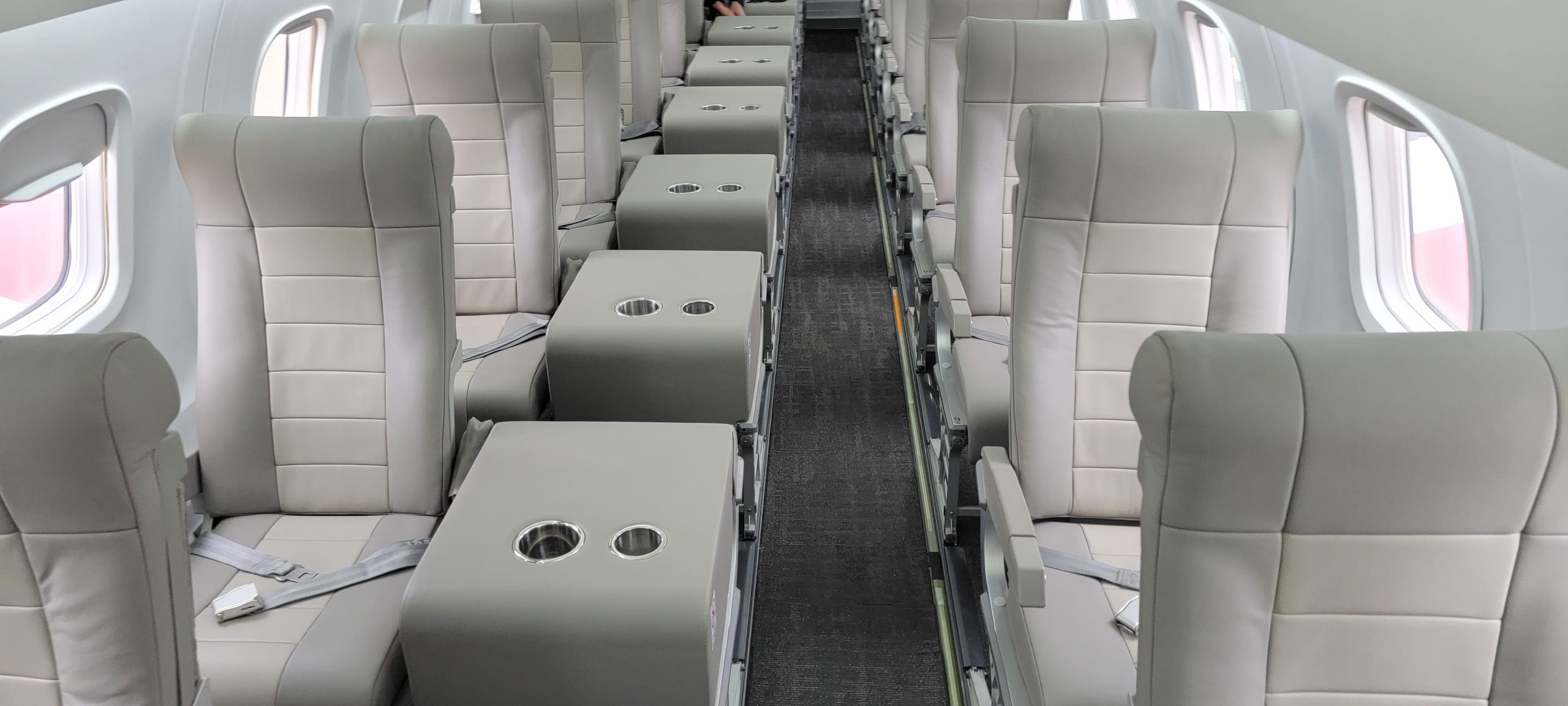
Last June, FAA Administrator Michael Whitaker announced that the agency was going to effectively shut down ‘by the seat’ scheduled charter operations, requiring them to conform to the rules of most part 121 (commercial airlines). That could have meant banning them from airports that aren’t certified for major airlines, banning them from private terminals, and requiring them to incur significant costs that would have put them out of business.
These operators use smaller planes for a reason. 9-seats don’t need a co-pilot. 19-seats don’t need a flight attendant. And 30-seats can still use private terminals and less expensive pilots. Raise the costs, and not only are the aircraft and fuel costs per passenger higher in a small plane but there aren’t enough passengers to spread pilot wages across.
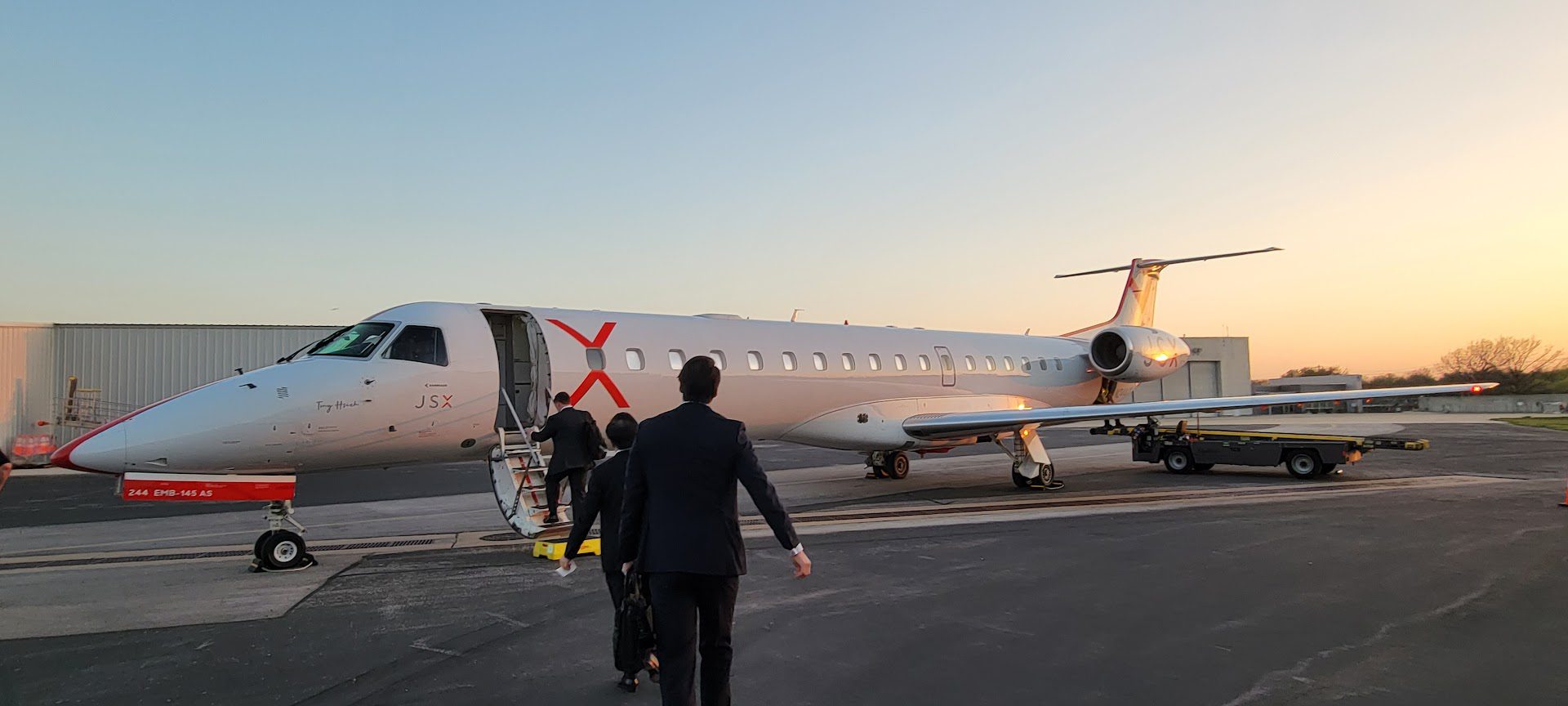
None of this happened, though. Administrator Whitaker said there would be a Notice of Proposed Rulemaking promulgated before the end of 2024. The Biden administration added it to the Unified Regulatory Agenda. But it stalled. Administrations changed, and so did heads of the FAA. The new FAA chief, Bryan Bedford, has been a critic of the 1,500 hour rule in the past. He knows that it’s pure rent-seeking on the part of the pilot unions, and does not contribute to safety (other rules, like pilot rest that were adopted at the same time, do matter).
JSX wrote to the FAA in April seeking formal withdrawal of plans for a rule. The rule was sidelined, and the planned Safety Risk Management Panel the FAA was to convene appears never to have been formed. But the agency has not acted on JSX’s request (though the new Administrator was only installed last month).
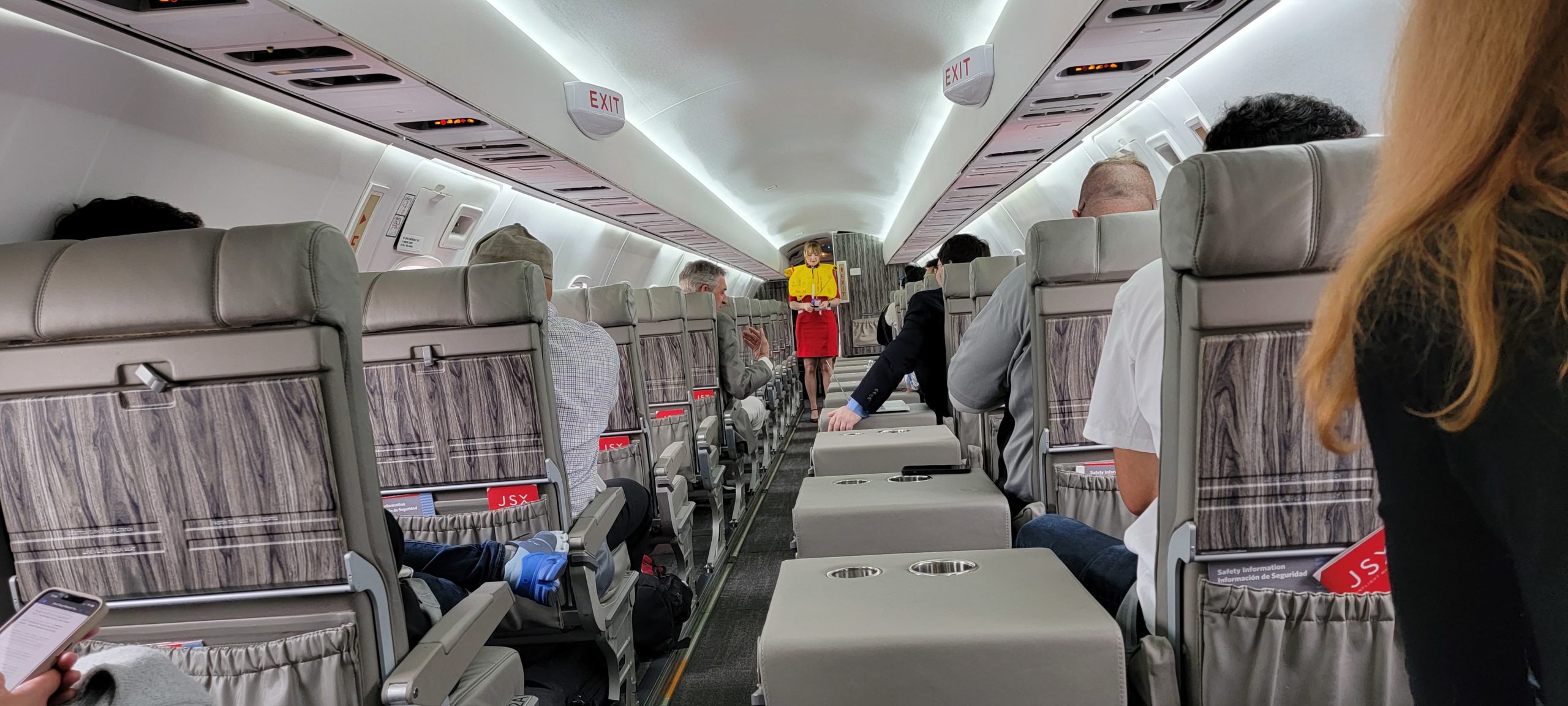
Meanwhile, new TSA rules to require metal detectors and liquid bans for scheduled charters, but Doug Parker’s effort there was unsuccessful putting American Airlines competitors out of business.
The irony, of course, is that in protecting part 135 carriers the Trump administration is making possible innovation in electric aircraft, a supposed Biden administration priority that its FAA was undermining.
Support and capital to develop electric planes – especially short takeoff and landing planes – will come from part 135 operators. These aircraft are being developed as 9, 19, and 30 seat aircraft precisely to fit missions that work at the airports part 135 carriers can fly to, aand under part 135 rules. Impose major carrier pilot costs, spread out over just 9 or 19 seats, and economic demand for these planes never takes off. Allow them to develop and there’s a real opportunity for non-stop flights connecting small cities, bypassing hubs and without the need for subsidies.
Much like Tesla began the electric car revolution with premium cars (model S, X) that funded the development of cheaper alternatives, $5,000 flights out of Van Nuys are part of a business model that supports small community air service with a new generation of aircraft technology.

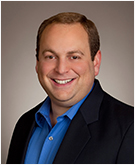
It obviously ‘socialism!!’ when oligarchs can’t break rules with impunity…
I’m old enough remember when VNY was the preferred alternate for WA every time LAX fog was below minimums for Electras & DC-6s. I also remember an effort to launch Air Metropolitan in the late 60s or early 70s with a VNY base. But Air Cal & PSA successfully lobbied the California PUC (pre-deregulation) to kill it. That may have been the last attempt for scheduled VNY service using an aircraft of size.
I see somme idiot leftists flstill feel the need to comment on every post despite having nothing intelligible to say.
LA not exactly maga country. Who do you think these “oligarchs” voted for?
@Mantis — You forgot to say ‘woke’… and ‘Autopen’ or whatever.
The fact that Aero added another enclave of the wealthy to its destinations portfolio (along with Vegas, Aspen and Los Cabos) tells me the “wealthy elites” aren’t the source of the pushback. Rather, it’s those residing in the environs adjacent to VNY. If you know that demography, you know.
With regard to restrictions, as long as the current FAA language pertaining to Part 135 operators remains, those operations cannot be prohibited from any U.S. airport physically capable of accommodating aircraft operating under 135 rules.
@Gary “18-seats don’t need a flight attendant.” Isn’t it also the case that 19 doesn’t need an FA? I’m not trying to nitpick. It’s just that my aging memory tells me that there were a number of turboprops designed with exactly 19 seats for that reason. They had 8 rows of 1-1 seating with an additional last row that was three across (the middle seats pax stared straight up the aisle). Wow, been a long time since my airport had propellers on commercial flights.
Thank you, Mantis, for saying what (most) everyone else feels
I may be mistaken but if VNY is a public airport and receives any kind of federal aid, they can’t ban flights. Chicago’s crooked government decided to close popular Meigs Field to the consternation of AOPA, many locals and other users of the airport. Since it received federal funds, it was difficult to “ban” aircraft. So, Mayor Daly just bulldozed the runways and taxiways in the middle of the night leaving many aircraft based there, stranded! As noted, aircraft with less than 20 passengers doesn’t need a flight attendant. FAA requires 1 flight attendant for every 50 available seats whether the seat is occupied or not. That is applicable to aircraft operating under FAA Part 135 and also Part 121 carriers. I’m not sure about Part 91 flights.
I used to go to the air shows at Van Nuys Airport. I saw a lot of interesting airplanes and helicopters there.
There are two types of people: Those who fly private and those who wish they could. A third group, simply does not exist; save for Greta Thunberg.
@Clark Kent — But, Superman just flies (no need for commercial or private), so… is Greta.. Supe.. naw, that can’t b..
@1990 – Nah, Superman is Jewish.
@Mantis Oligarchs tend to vote for the party that helps their pocketbooks most. You seem to have confused 90210 with Compton. You also seem to fail to understand that the middle and lower class outnumber the rich which is why you think LA doesnt have Republicans. They have Republicans just like Texas has Democrats. You also forgot about Citizens United. The Supreme Court decision that lets corporations have unlimited political speech. This decisions allows rich oligarchs to influence elections with unlimited contributions via SuperPacs.
I hope all this was intelligible enough for you though i doubt grammatical sequencing plays any role in alleviating your obvious ignorance as to the actual state or functions of society.
@DaveG
Since the Popular votes from 1992,1996,2000,2008,2012,2016,& 2020 went to Dems and only 2004 and 2024 went to Republicans
I dont think you know what “MOST” means.
We lived under flight path of commercial jets landing in burbank for 20 years.The planes follow down Sherman Way, low and loud, at all hours. Horrible, we moved up to Roscoe Blvd and van nuys airport. We noticed that this larger jet is really loud and flys low to land over houses. Just not fair for us to breathe the extra fumes of black exhaust smoke and loud noise from large commercial jets, landing or on takeoff. Snobbery?
bought a house in this forest, nobody told me there were trees everywhere all the time. Who do I sue?
Don, I bought a house in a forest and nobody told me there were going to be commercial jets taking off at all hours of the day and night above the trees. The increase in jet aircraft noise and pollution is notable. Seems that small propeller planes are being pushed out to make room for more lucrative jet flights but who knew 20 years ago how bad this would become for the community surrounding VNY.
Where is the revenue from the airport going? The area is going to pot with uncollected trash in the streets, homeless encampments everywhere, roadways not maintained yet $5,495 flights to Maui are okay. I read that Santa Monica Airport is scheduled to close in the near future and can only imagine that will make VNY Airport only more congested and disruptive to area residents.
I guess it’s time to look for a new “forest” to inhabit.
Hahaha, a forest near Van Nuys. The central part of the San Fernando Valley, of which Van Nuys is a part of, is a near desert by yearly rainfall totals recorded at the Van Nuys Airport. Any “forest” would be manmade using well and imported water. There are no native forests anywhere near VNY. What is now VNY was originally opened in 1928. Anybody buying nearby 20 years ago had to know that there was a busy airport there.